Ameer Shahul
Justice D.Y. Chandrachud’s elevation to the office of Chief Justice of India two years ago brought immense hope to 1.4 billion citizens, with expectations that he would uphold the independence of the judiciary in resolving controversial issues concerning the Constitution, politics, and law and order. His reputation as a progressive jurist led many to believe that he would fiercely protect democratic principles and ensure impartiality in politically sensitive cases. When he demits the office on November 10 he might think that he could have better reinforced the judiciary’s role in protecting constitutional values and curbing political manipulations, particularly in matters of governance, civil liberties, and electoral transparency.
No doubt, he was progressive on individual rights, especially in cases involving personal freedoms, such as the landmark rulings on abortion rights and the recognition of same-sex marriages, showcasing his commitment to protecting constitutional values without yielding to conservative pressures. These decisions, untainted by political interference, strengthened the judiciary’s role in defending personal liberty and equality, bolstering public confidence in the court’s ability to stand above the fray.
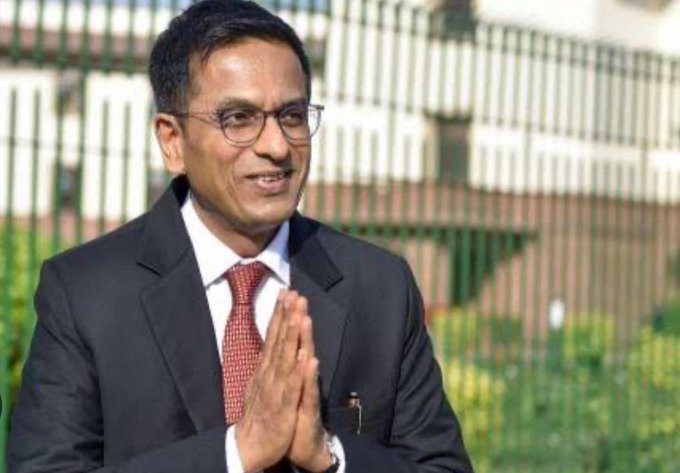
However, when it came to politically charged cases, his tenure left many disillusioned. In instances involving electoral bonds, allegations of constitutional violations by state governments, and questions of personal liberty for activists and political detainees, his judgments were seen as cautious or delayed. For example, his decisions in cases related to the Maharashtra government crisis and the controversial Delhi ordinance, while acknowledging the constitutional breaches, stopped short of delivering decisive remedies. Similarly, the lack of urgency in addressing political incarceration, despite his earlier rulings on the importance of personal liberty, raised concerns about the judiciary’s willingness to take a firm stance against political overreach. Though Justice Chandrachud did steer the court in the right direction on several crucial issues, his hesitance in confronting political powers when necessary dented his otherwise colourful legacy as CJI.
The legal judgments and judicial actions (or inactions) of the Supreme Court under Justice Chandrachud have sparked debate, particularly in cases where the judicial response did not fully align with the findings of unconstitutionality or legal breach. Here’s an elaboration on the suggested “what could have been” in some major judgments and controversies:
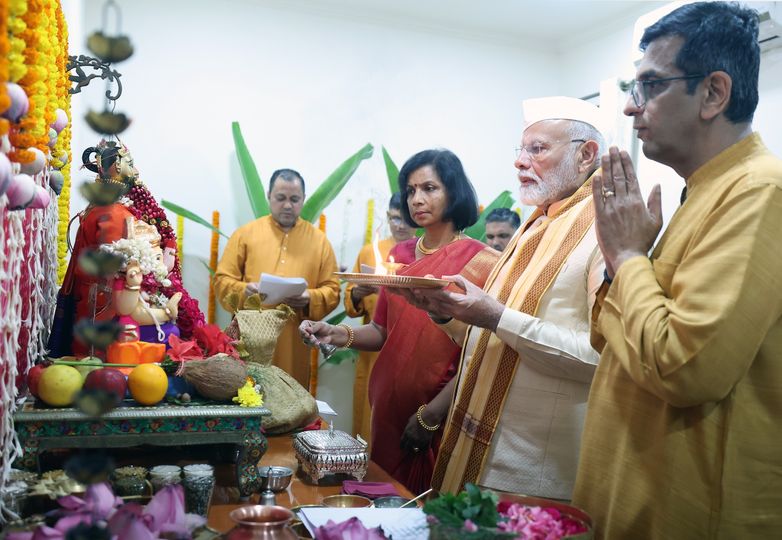
- Ayodhya Dispute – Faith vs. Law (2019)
• The Issue: The Supreme Court’s Ayodhya verdict, which awarded the disputed land to Hindu claimants for the construction of a Ram temple, acknowledged the unlawful demolition of the Babri Masjid and breaches of law by the karsevaks (Hindu volunteers). However, the final decision was largely based on “faith” and the historical belief that the site was the birthplace of Lord Ram, rather than punitive action against those responsible for illegal actions. While the court recognised the illegal acts involved in the mosque’s destruction, it chose to resolve the case based on faith and a settlement process rather than penalising the unlawful behaviour. This judgement shattered the hopes of minority religions as well the secular credentials of the country, but reinforced an unspoken message – India is no longer a secular nation.
The judgment could have pursued legal accountability more stringently by holding the karsevaks in breach of the law, while simultaneously addressing the faith-based arguments. Through a dissenting judgment, Chandrachud could have struck a more balanced tone between religious sentiment and the rule of law, ensuring that illegal actions such as the demolition were not implicitly justified or rewarded, by giving the disputed place for constructing a national monument rather than a temple or a mosque.
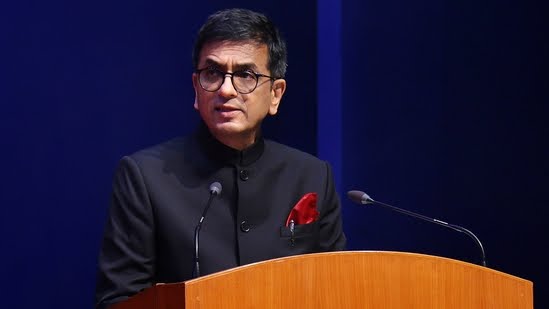
2. Electoral Bonds and ED – Using ED to curb Opponents
• The Issue: The electoral bonds scheme, which enables anonymous political donations, has been criticised for lacking transparency. Additionally, the Enforcement Directorate (ED) has been accused of targeting opposition leaders in its probes, raising concerns about the fairness of its investigations.
The Supreme Court could have ordered, at the least, an independent court-monitored investigation into both the use of electoral bonds and the selective targeting of individuals by the ED, particularly after expressing concerns over the bonds’ constitutionality. Such a move would have ensured a fair examination of how these political donations might have influenced the bail decisions of ED-accused individuals, potentially curbing selective law enforcement. This could have ensured greater transparency and accountability, addressing the criticism that certain political or financial influences were at play. It might have also sent a strong message about the misuse of investigative agencies for political ends.
3. Maharashtra Political Crisis – Status Quo Ante
• The Issue: In the 2022 Maharashtra political crisis, the Supreme Court held that the actions of the then-Governor Bhagat Singh Koshyari, in calling for a floor test leading to the fall of the Uddhav Thackeray government, were unconstitutional. Despite this, the court did not reinstate the Thackeray government.
The court could have gone further by restoring the status quo ante, effectively reinstating the Thackeray-led government and invalidating the floor test that led to its collapse. This would have been a more direct consequence of finding the Governor’s actions unconstitutional. A restoration of the Thackeray government would have had major political ramifications, reversing the BJP-backed government led by Eknath Shinde and strengthening the court’s role in upholding constitutional propriety over political manoeuvring.
4. Delhi Ordinance – Rights of State Government
• The Issue: The challenge to the Delhi Ordinance, which curtailed the powers of the Delhi government and vested more authority in the Lieutenant Governor (LG), was a direct conflict between the elected government and the central government’s representative. The court had held that representative government was a fundamental aspect of the basic structure of the Constitution.
The court, after affirming that the principle of representative government was part of the basic structure of the Constitution, could have expedited the hearing of the challenge to the Delhi Ordinance. An immediate hearing would have addressed the ongoing conflict between the Delhi government and the LG without further delay. A swift hearing could have resolved the matter early, potentially limiting the central government’s interference in Delhi’s governance. This might have also strengthened the democratic functioning of Delhi’s elected government.
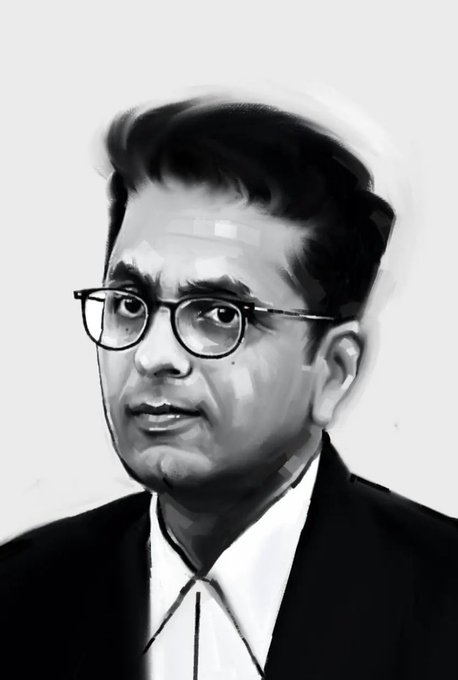
5. Kashi-Vishwanath Case – Legacy of Ayodhya Verdict
• The Issue: In the Ayodhya verdict, the Supreme Court extensively praised the Places of Worship Act, 1991, which prohibits the conversion of religious sites to maintain the status quo of worship places as they existed on August 15, 1947. However, in the ongoing Kashi-Vishwanath case (where petitions are seeking to alter the Gyanvapi mosque’s status), the court allowed the proceedings to continue.
After extolling the significance of the Places of Worship Act in the Ayodhya judgment, the Supreme Court could have imposed a complete bar on the Kashi proceedings. Upholding the act in both spirit and application would have avoided further communal tensions over historical religious sites. A bar on proceedings would have reaffirmed the commitment to preserving communal harmony and preventing the re-litigation of religious disputes that the Places of Worship Act was designed to avoid.
6. Political Detentions – Bail vs Jail
• The Issue: In the Arnab Goswami case, the Supreme Court famously remarked that “even a day’s deprivation of liberty is unacceptable,” and granted him immediate relief. However, in other instances, such as with political detainees in Jammu & Kashmir following the abrogation of Article 370, similar urgency was not applied.
The court, after establishing such a high bar for the protection of personal liberty in the Goswami case, could have similarly prioritised the immediate hearing and release of political detainees in Kashmir and other parts of the country. Applying the same judicial standard would have ensured uniform protection of fundamental rights. Immediate hearings and releases could have demonstrated consistency in the court’s protection of personal liberties and reduced the perception that certain political interests or individuals receive preferential treatment in judicial processes.
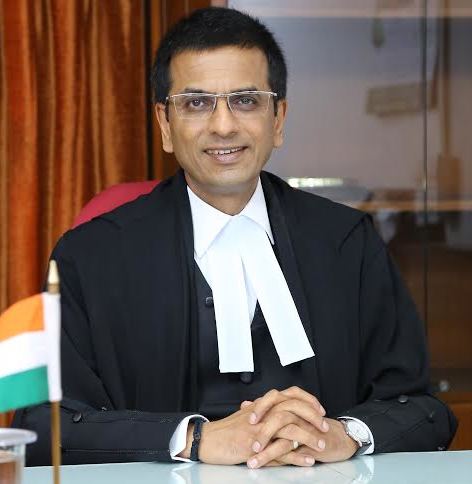
7. VVPAT Counting & EVM Manipulation – Electoral Transparency
• The Issue: Allegations of EVM manipulation have been a persistent issue in India’s electoral processes. In 2019, the Supreme Court did order the Election Commission to increase VVPAT verification to five random machines per constituency from one. However, the demand for 100% VVPAT counting to ensure transparency in elections was not accepted.
Given the seriousness of concerns over electoral integrity, the Supreme Court could have ordered full VVPAT verification for all machines, especially in constituencies where the results were contested. While the court’s directive to increase random sampling was a step forward, a more robust approach could have addressed the rising public distrust regarding EVM manipulations. 100% VVPAT counting would have provided more substantial evidence to either confirm or refute the allegations of EVM tampering. Such a step would have bolstered confidence in India’s electoral processes, as well as the legitimacy of the election outcomes, particularly in a politically polarised environment.
In each of these cases, Justice D.Y. Chandrachud’s court made significant findings that acknowledged constitutional breaches or legal inadequacies. However, critics argue that the judicial response often stopped short of fully addressing the implications of those findings, especially in politically charged matters. More assertive actions, such as immediate investigations, hearings, or restoration of status quo, could have reinforced the judiciary’s role in protecting constitutional values and curbing political manipulation, particularly in matters of governance, civil liberties, and electoral transparency.
These controversial judgements where he was accused of having played to the ruling party galleries could have sparked his thoughts about his legacy and how would history judge him? He must have, by now, realised that Chandrachud Junior will be written in India’s history as a duplicitous CJI who was a visionary charlatan and an idealistic opportunist.
(Ameer Shahul is a writer and Journalist based in Bengaluru)


